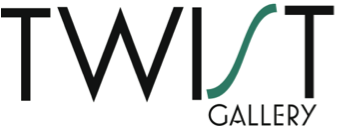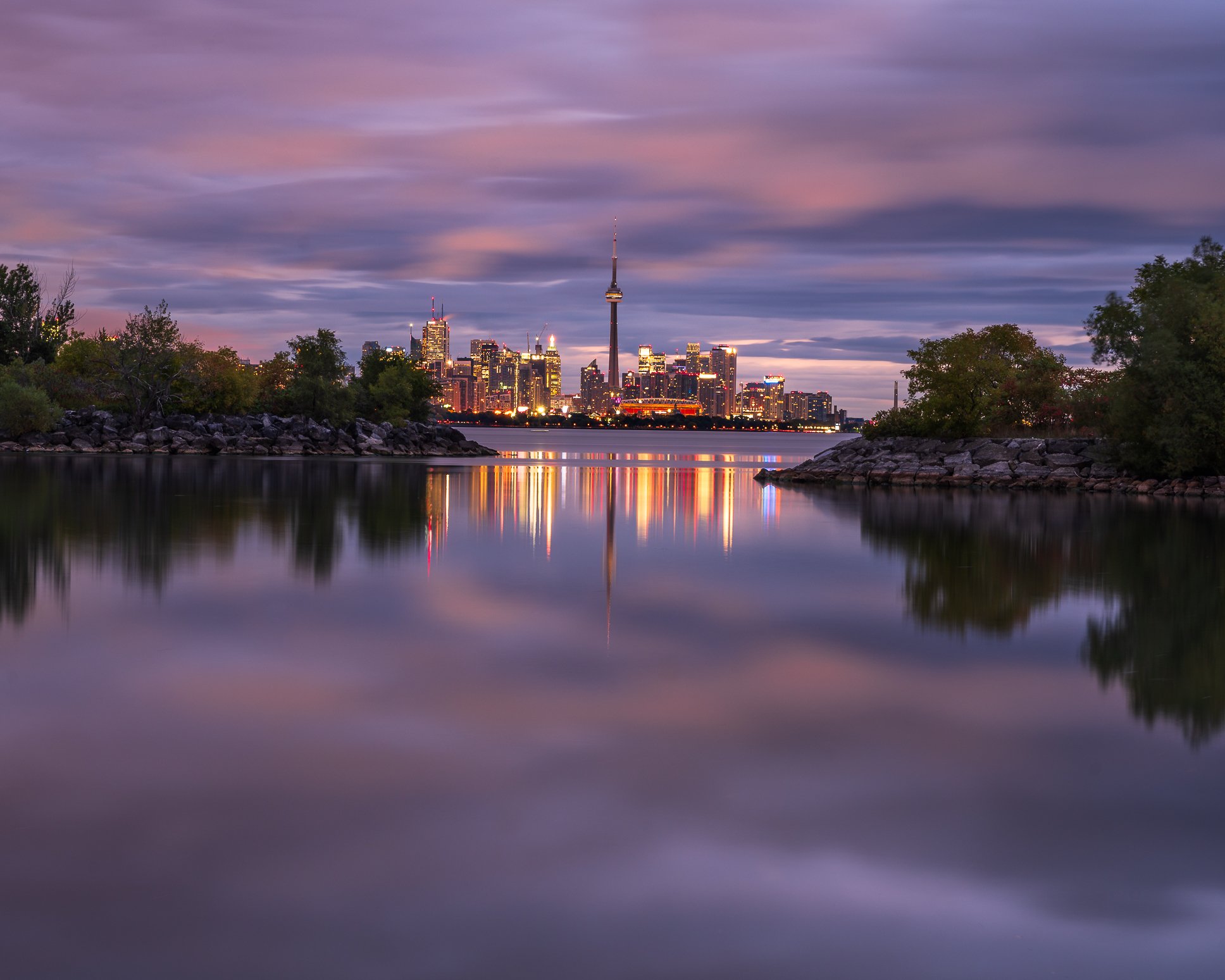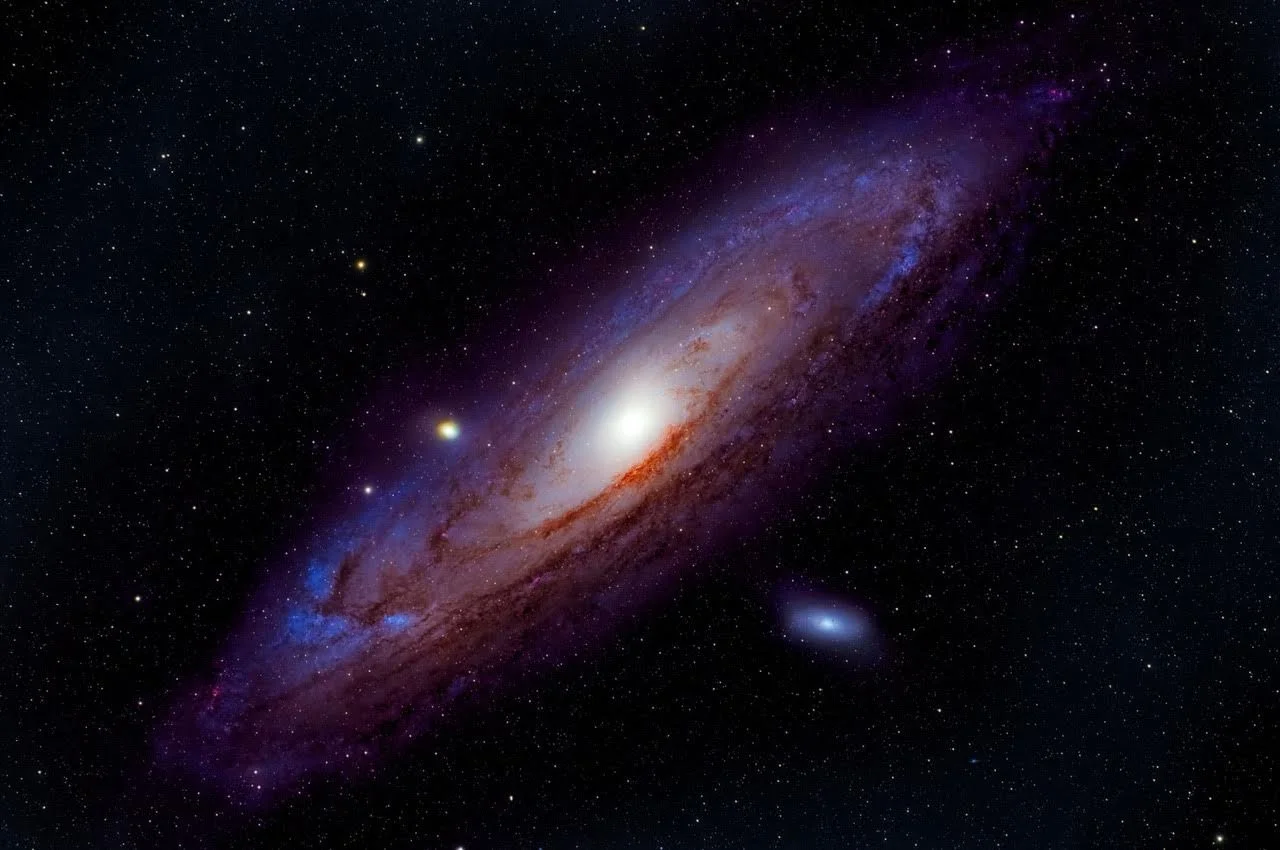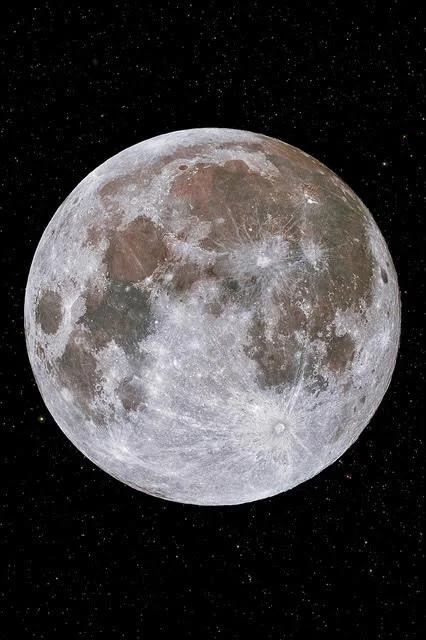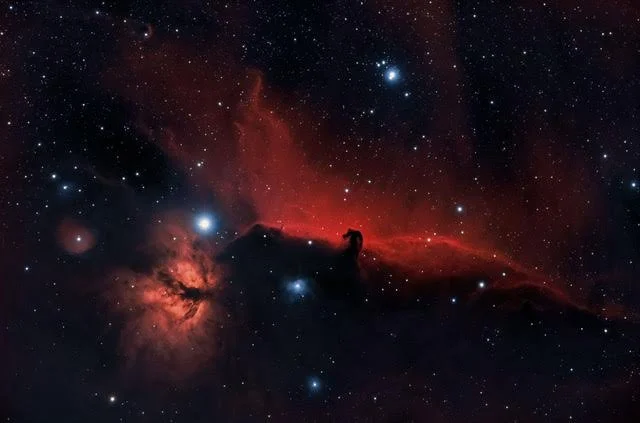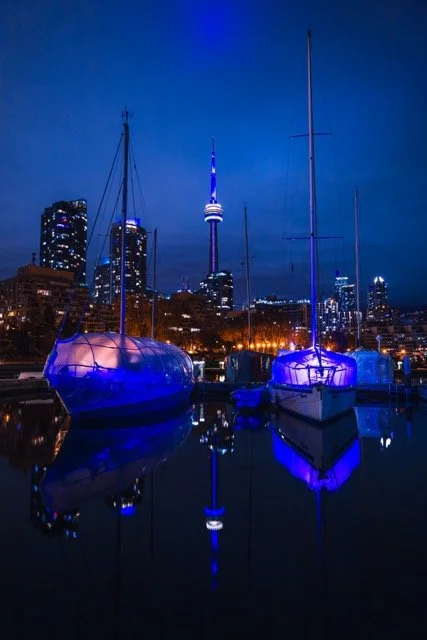Step into a world of diverse landscapes at CAPTURE, a photography exhibition featuring the work of 8 talented local artists of the GTA.
This compelling showcase delves into a range of themes, from the peaceful serenity of nature to the vibrant energy of urban life, highlighting the beauty often hidden in everyday scenes. With striking stills of cityscapes, rural vistas, and even the vastness of outer space, CAPTURE offers a unique perspective on both our earthly surroundings and the cosmos beyond.
Raju Alexis
1.How did you land on Photography as a medium, how did your journey as an artist begin?
I bought my first point-and-shoot digital camera in 2003, marking the beginning of my journey into photography. Growing up, I used to indulge in drawing and painting, which perhaps played a role in shaping my understanding of composition, light, and colour. Photography, however, offered a unique advantage—the results were immediate unlike the long process of creating art on a canvas, and this instant gratification sparked a deep enthusiasm for the medium. Over the years, traveling and taking pictures became a way for me to connect with the world, and continue exploring my artistic vision.
2. Are there any challenges in capturing a sense of stillness in a world full of constant motion? How do you overcome them?
Capturing a sense of stillness in a world full of constant motion is one of the defining challenges of long exposure photography, but it’s also what makes the results so rewarding. Scouting the ideal location and a vantage point for the perfect composition is my primary goal. Using neutral density (ND) filters also helps to further extend exposure times, allowing the camera to smooth out chaotic elements. Tripod stability is critical, so I ensure it’s secured to prevent vibrations, even in windy conditions. Patience and flexibility is key and there is a lot of trial and error that goes into creating long exposure images. Post-processing also plays a role in enhancing the desired mood, where distractions are minimized to preserve the serenity I seek to capture.
3. What role does light and atmosphere play in shaping the mood of your photographs?
I shoot only during the blue and golden hours around sunset because they can transform nature into breathtaking compositions with soft, diffused light. The interplay of these natural light conditions not only enhances the textures and colours in my photographs but also allows me to experiment with mood and storytelling.
4. What was your process in choosing these particular pieces for the capture exhibit?
I wanted to choose images that truly reflected my style of photography. Over time, I have found immense joy and fulfillment in creating long exposure waterscapes, where resulting images exude a sense of calmness and peacefulness. There's something almost meditative about the process - slowing down, and observing the subtle play of light and movement.
Leanne Hay
1.Some of your work, like “The Sweet Spot” and “The Morning After,” explores unique lighting conditions. What draws you to blue hour and golden hour, and how do you use these moments to convey emotion?
My favourite thing about this time of day is the anticipation and the surprise of not knowing what you’re greeted with when you get up early and head out in the dark. It can often be the calmest part of the day before the wind whips up and the birds and wildlife are more vocal. With the blues, pinks and mauves that are often present reflecting off the clouds, I like to slow it down and take a longer exposure which smooths out the clouds and water, enhances reflections and intensifies the colours creating a dreamy, serene surprise. I have always liked vibrant colours;from the turquoise of the ocean, to the colour of my car and the clothes I wear.
2. What's the most challenging part of taking photos in a time sensitive window?
The most challenging part of working in a time sensitive manner for me is to calm down and take in the scene. For example, during the various phases of a morning (nautical twilight, blue hour, golden hour, and sunrise) each phase only lasts about 15 minutes. When I see amazing colour starting in blue hour, I get too excited and want to be everywhere at once. I don’t do my best photography when I am running from one place to another. I like to be in the moment and peruse the scene and look for different compositions and perspectives. Are there awesome cloud formations and reflections that would benefit from a longer exposure or is it a pretty golden hour devoid of any clouds with wildlife action requiring a faster shutter speed. I was recently in Botswana during dusk shooting the full moon when a giraffe walked into the scene. I got so overwhelmed with what I was seeing. Before I realized my camera settings were off, he strode out. Most often you have another opportunity to try for the shot, not so with the giraffe.
3. What do you hope viewers experience when they see your work, particularly the pieces featured in CAPTURE?
I hope viewers will experience the awe and joy that I feel when I’m out in nature and be inspired to get out and explore the world for themselves; whether it’s in their own city or travelling further afield. There is so much beauty around us. Going for a walk, taking a weekend drive, or CAPTURING your own sunrise; be present in the moment as you never know what the future
Benjamin Gibson
1.What does the word capture mean to you personally? Is it about freezing a moment, telling a story, or something else entirely?
Thinking about the word “capture” it’s only the first step in the process. The most important, but the first. To capture something is to secure it in place – a moment in time perhaps. To keep something is an entirely different scenario. Good hunters don’t just shoot to kill. They gather it, skin it, butcher it and treat the meat, they give it attention and make it into a part of their life. With photography the same can be said, there is a moment of capture, but then a time comes for choice, and care in the processing of the photo, which photo to print, what format and what size? How to frame it? There is a whole life around works of art as there is a wild animal in the woods. Instead of nourishing the body, the images nurture the soul. I’m a vegetarian for the record.
2. Your work explores the intersection of grit and beauty. What draws you to this duality, and how do you bring it to life in your urban landscapes and portraits?
The more I ventured into commercial photography and filmmaking the more I tried to fight the grit of reality. That’s a lot of what advertising does. The deeper you go into beauty the more you realize perfection is only an illusion that’s very shortly broken by reality. In this series in particular series authenticity of the photos was very important, so processing was kept to a minimal and no retouching was done. I like to keep the grit in the work because it makes it more real, more believable, and maybe not more palatable, but more closely aligned with our shared reality. Through this series of work I embraced the grit of real work, unfinished roads, large industrial ships, dirt and imperfections that despite being pre-conceived as unattractive are actually central to our world and a necessary and inevitable factor to life. And to Canada, the overall subject of the greater series.
3. Are there specific pieces in this exhibit that you feel best represent your artistic philosophy or style? Can you share their backstories?
Light & Lines (Photo taken in Calgary) does a pretty good job of representing the way I look at the world. It’s momentary. Often because moments pass so quickly. I’m often surprised I had the wherewithal to take a photo at all when life moves so fast. Maybe that’s part of why the concept of Capture is interesting Somethings are not looked at as beautiful until you see them in a new way. In this moment, the sun hitting the concrete was beautiful. A minimal and simple abstract painting happening in nature. This photo was part of a short timelapse, trying to capture the suns movements, but the single image represented what the moment was, more than the video in this case.
4. If there’s one takeaway you want people to have after experiencing your work, what would it be?
If people take anything away from my work, I’m grateful. If I could choose, I would want people to step outside of themselves for a moment when they look at my work. Get lost in a moment that looks at something in a unique perspective. They are now experiencing a thing it in a different way. I would like the viewer to take away the understanding that many perspectives exist and are valid. Be it through the eyes of someone else’s moment or a share moment in time. Moments that will never really exist again. I’d be more interested to learn more about any given viewer, their life, and their loves, than they might realize, for instance. And I of course would love it if they visited my website and followed me on Instagram to keep up with new work.
Anastasiia Khvostyk
1.Your work beautifully showcases bustling urban life and serene natural landscapes. What draws you to explore this duality, and how do you balance these contrasting worlds in your photography?
The duality of urban life and natural landscapes fascinates me because it reflects the diverse experiences that shape our world. Urban scenes offer vibrant energy and dynamic stories, while nature provides a sense of calm and timeless beauty. Balancing the two in my photography lets me explore both sides of life, highlighting the unique character of each—whether it’s the hustle and movement of city life or the tranquility of a quiet forest.
2. How do you adapt your techniques and style when transitioning between photographing urban environments and natural landscapes?
Photographing urban environments often means focusing on compelling angles, creative framing, and capturing fleeting human moments. Nature, on the other hand, is unpredictable—it’s shaped by shifting weather, light changes, and unique moods, like the drama of a sunrise or the softness of a cloudy day. This unpredictability makes every nature shot distinct and pushes me to be patient and adaptable, creating imagery that feels truly connected to the moment.
3. How has living in Toronto influenced your artistic perspective, and what unique opportunities has the city provided for your photography?
Living in Toronto has profoundly shaped my artistic vision, offering a vibrant mix of cultures, architecture, and green spaces to explore. The city has given me incredible opportunities, such as showcasing my work at exhibitions like “Capture” at Twist Gallery. These events not only allow me to share my art but also connect me with like-minded individuals who inspire and support my creative journey, helping me set and achieve new artistic goals.
Alex Christoforou
Image via Alex Chistoforou
1. Can you share more about the transition from your abstract work to architectural photography? How has that evolution influenced your artistic vision?
My past abstract work was largely made up of mirrored objects creating an abstract form. Soon after I began applying this to architecture, I was inspired to focus solely on the buildings in their original form. While I have largely moved away from abstract, the mirrored technique can still be found in my recent work including “escalate” which is part of this exhibition. This gradual change has influenced the way I perceive architecture. Abstract principles have always encouraged me to look beyond the surface and not take things at face value.
2. How do you decide which architectural details to highlight in your work, and what draws you to a particular structure?
One of the many aspects I like to focus on is the directionality of lines and light. I use these two variables in tandem to draw the viewers eye. This influences my decisions as to what details to highlight. I’m usually drawn to various forms of architecture including brutalism, neo-futurism, Georgian revival and gothic. I usually am drawn to a subject for their architecture as well as their surroundings. Since simplicity is the hallmark of my style, empty skies and buildings standing alone typically catch my attention.
3. What guided your decision in selecting these specific pieces for the Capture exhibit?
I wanted to display my signature style as well as some new concepts I’ve been working on. As an artist I’m always trying to find new ways to expand my approach, adding more uniformed images to separate from my black collection. All of the selected works fit my minimalistic style, while still highlighting the immense detail. I also choose to use metallic paper for all my black images, bringing out more of the silver and gold, while also affecting how light interacts with the physical image.
4. How do you hope viewers connect with your body of work?
The balance and simplicity in my work creates an immersive experience, while also offering viewers the space to focus on smaller details in each structure. There tends to be more scrutiny with minimalist works as the details tend to be emphasized. My hope is that each person who views these works are able to pick up on how the isolation in each piece affects not only the buildings themselves but the entire composition.
adam cohen
1. How do you decide which celestial subjects to focus on for your projects?
I decide which celestial subjects to focus on for my projects based on a combination of personal interest and current astronomical events. I keep an eye on planetary alignments, meteor showers, and significant space missions. I also consider the accessibility of certain celestial events from my location and the equipment I have available. Sometimes, inspiration comes from the stories and myths surrounding different celestial bodies, making them intriguing subjects to capture and explore.
2. Can you elaborate on how working with your mentee, an astrophysics graduate, has influenced your creative process?
Working with my mentee, an astrophysics graduate, has greatly influenced my creative process by introducing me to new scientific concepts and perspectives. Their deep understanding of astrophysics challenges me to think beyond the visual aspects and consider the scientific significance of what I am capturing. This collaboration enriches my projects, allowing me to create images that are not only visually striking but also scientifically informative. It's a dynamic exchange of ideas where science meets art, leading to a more comprehensive narrative in my work.
3. How do you think astrophotography contributes to a greater public appreciation for science and the universe?
Astrophotography plays a significant role in fostering public appreciation for science and the universe by making the cosmos more accessible and relatable. Through the lens of a camera, distant galaxies and nebulae become tangible, sparking curiosity and wonder. These images bridge the gap between complex scientific discoveries and the general public, inspiring a sense of connection to the universe. By showcasing the beauty and vastness of space, astrophotography encourages people to explore and learn more about the cosmos, ultimately enhancing public understanding and appreciation of science.
Varad Thalnerkar
1. What drew you to photography as a way to express yourself and connect with others?
As I ventured out to practice and experiment, photography became more than a hobby—it became a way to connect with others. Meeting people who shared my passion was inspiring, and the love and support from this creative community have kept me motivated to grow and bring my best to the table. Photography, for me, isn’t just about capturing images; it’s about building relationships, sharing stories, and expressing emotions that words often can’t convey.
2. How has exploring various types of photography enhanced your creativity and approach to storytelling?
Each genre has taught me something unique. Portraits taught me to capture the essence of a person; street photography honed my ability to find beauty in the everyday; and astrophotography deepened my patience and appreciation for the vastness of the universe. These experiences have not only expanded my creative horizons but also allowed me to use my camera gear to its fullest potential. By embracing diversity in my work, I’ve become a better storyteller, able to weave emotions, light, and perspective into a narrative that resonates with viewers.
3. What advice would you give to aspiring photographers who are exploring different genres of photography?
Consistency is key. Keep capturing moments, experimenting, and learning from your mistakes. Remember, every photograph tells a story, so take the time to understand what you want to say through your work. And most importantly, enjoy the journey. Photography is as much about personal growth as it is about creating art.
Colin Shillingford
Image via Colin Shillingford
1. How did you select the pieces featured in the Capture exhibit, and what themes guided your choices?
I chose images that were all shot at locations along the Toronto waterfront, featuring picturesque views of the skyline. Each piece I’ve chosen communicates a sense of stillness and serenity which I experienced while capturing all of these unique moments in my daily life.
The collection as a whole is vibrant and full of colours that are deeply saturated and harmonious with each other, or complementary with the other selections. All of the compositions combine to create a snapshot of Toronto’s beauty and essence.
2. What kind of response do you hope to evoke in viewers through your body of work?
I hope that viewers feel compelled to meditate on the peaceful energy that exists within the images I create. The feedback I receive about my art often refers to the emotions and moods that are contained in my photographs.
Blue is the colour that appears most in my photos and I love the way it resonates with others. I try to combine different tones and shades of blue in order to evoke an energy that people associate with tranquility, spirituality, nature, depression, love, sadness and other other similar meanings.
My overall wish is that those who observe my work are left feeling soothed and stimulated to contemplate whatever range of thoughts or feelings that are sparked by their own imaginations.
3. What is your favourite part of the creative process when it comes to capturing photographs, and what aspect of it brings you the most fulfillment?
I typically begin the process of creating my images by taking a camera with me outdoors in search of locations that offer me a combination of picturesque views as well as an opportunity to shoot in solitude. This is why my shots generally do not have crowds of people in them.
Capturing photos of Toronto that communicate a feeling of ‘loneliness’ (even at times when there are people out and about in the places where I’m shooting) is something I have become more and more drawn to along my journey as a photographer. There’s an aura of mystery and enchantment that I feel when I look back at my images that fuels me to continue further down that path.
Considering that millions of people live in the city and the downtown area is so densely populated, I feel like the work I do is a testament to the fact that peace and moments of seclusion can be found in urban environments if you make the effort to search for them.
My favourite activity apart from documenting beautiful sunsets (and sunrises) and learning different shooting techniques with my camera has to be the editing process. I get to relive each moment in front of my computer screen and breathe life back into the moment so that the moment can be experienced for an eternity by myself and others. It’s at this stage where I really get to pour my artistic instincts and sensibilities into each picture. Tweaking the colours and lighting, and finding the right balance of saturation and contrast until everything feels right is the most rewarding part of it for me.
To fully immerse yourself into the exhibit, visit Twist Gallery in person at 1100 Queen Street West, Toronto. The exhibit will run from Jan. 3rd to Jan. 27th, 2025. All artwork sizing and pricing is available on Twist’s art for sale page.
